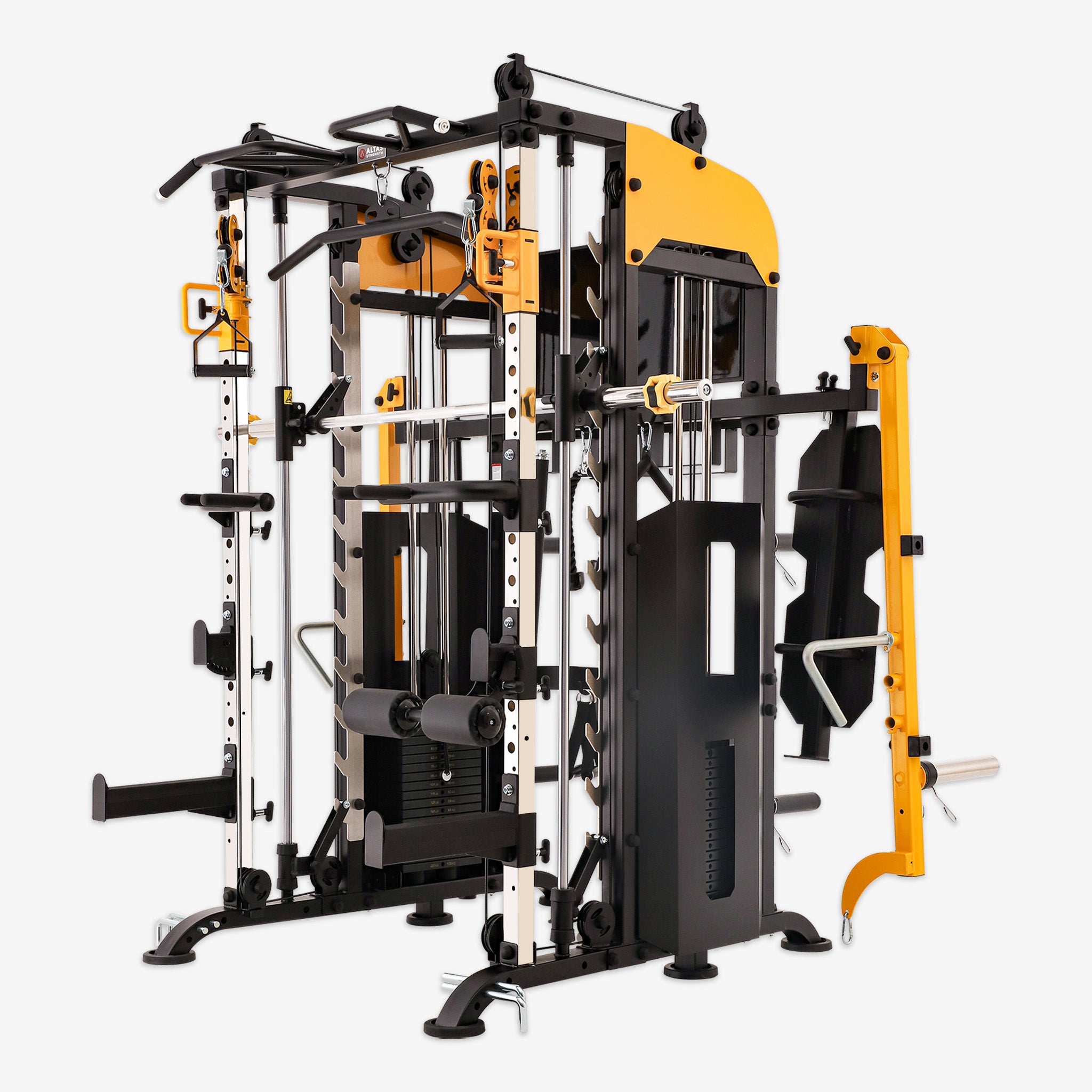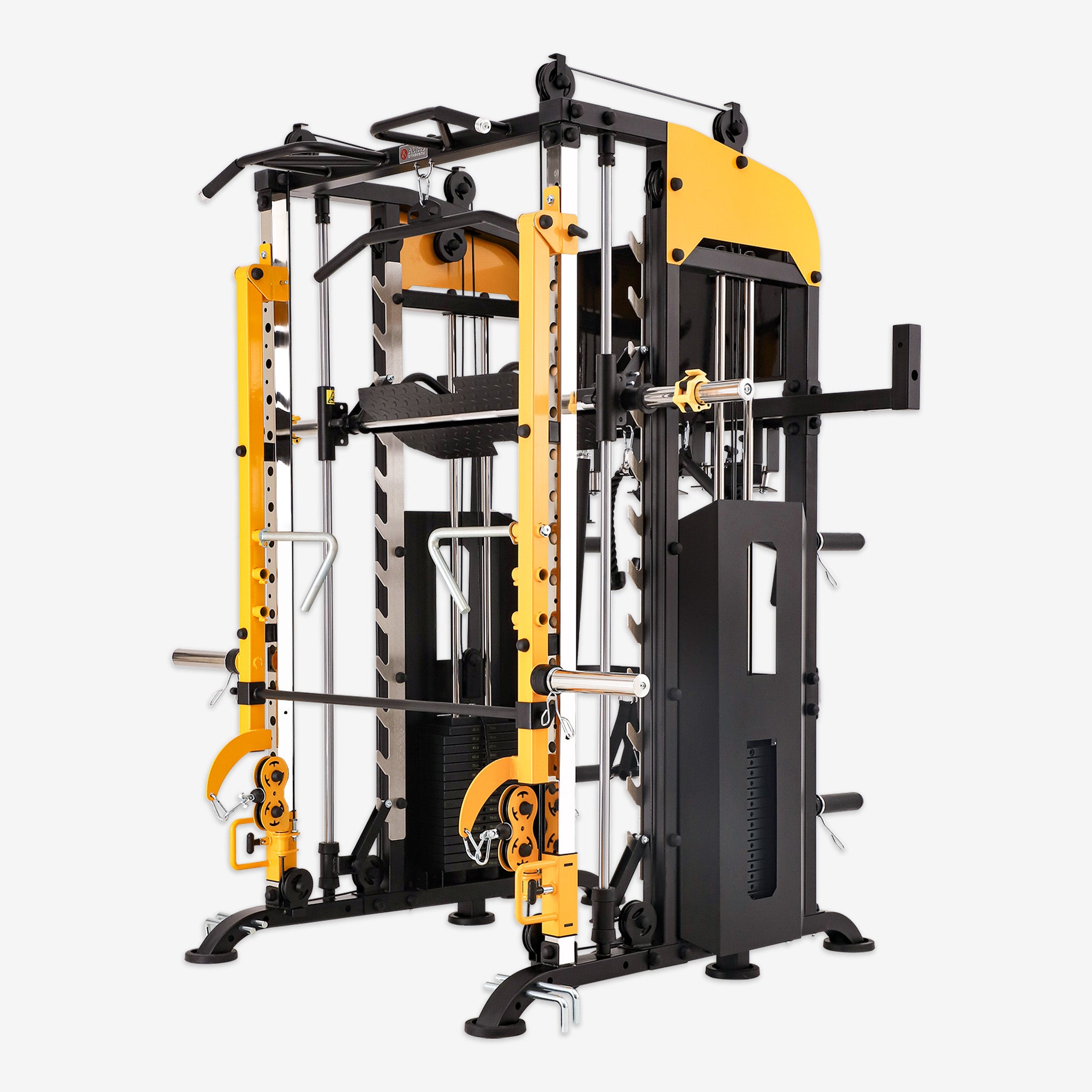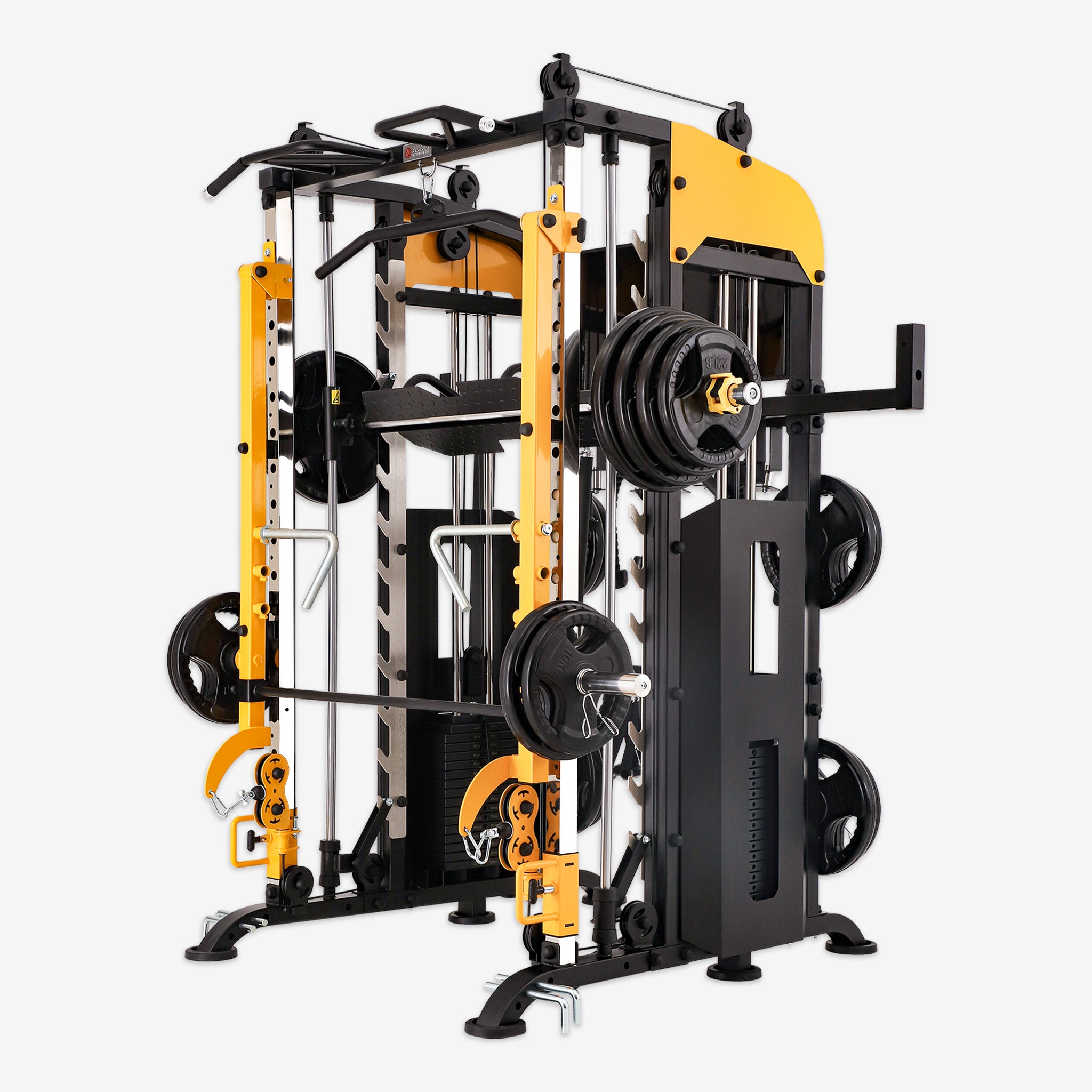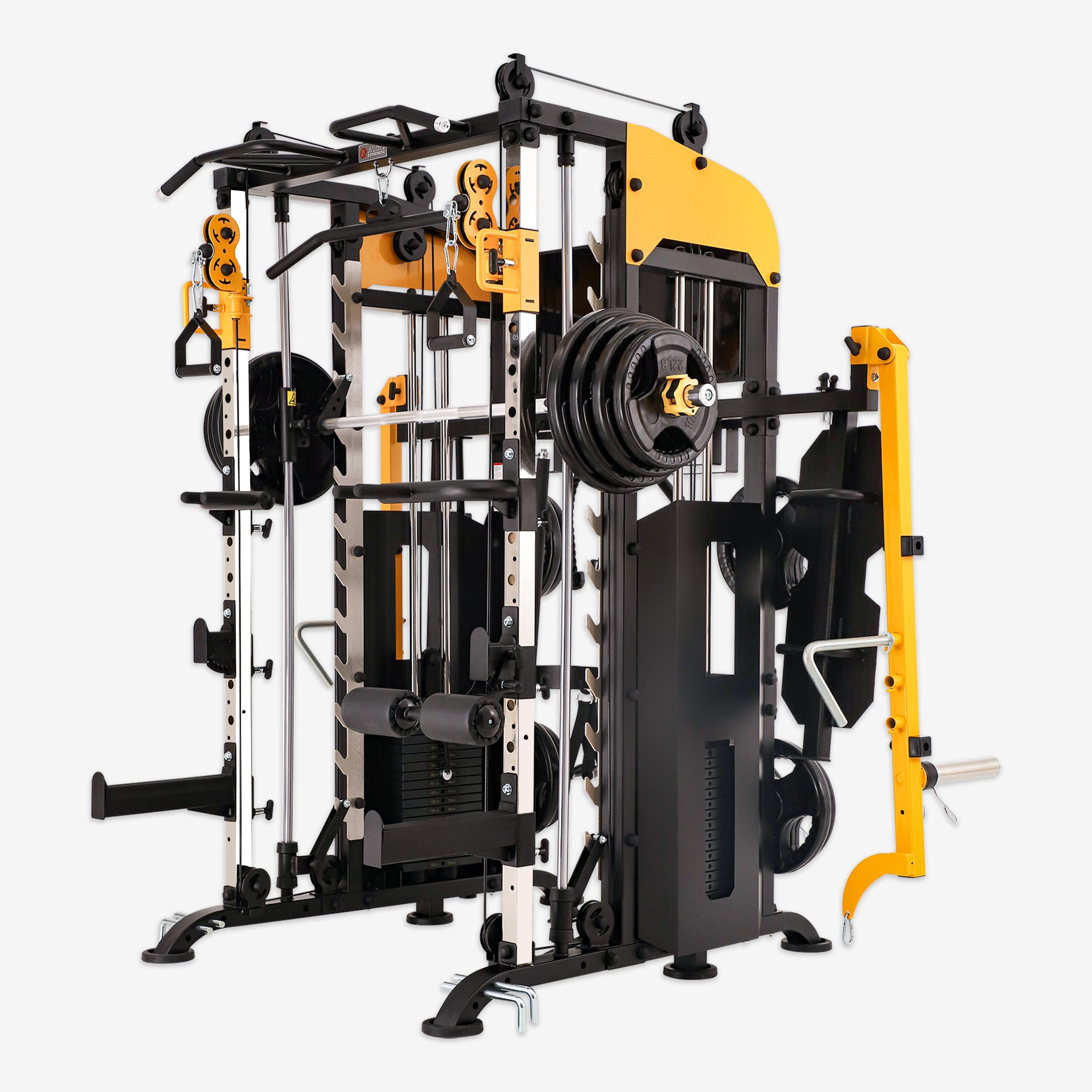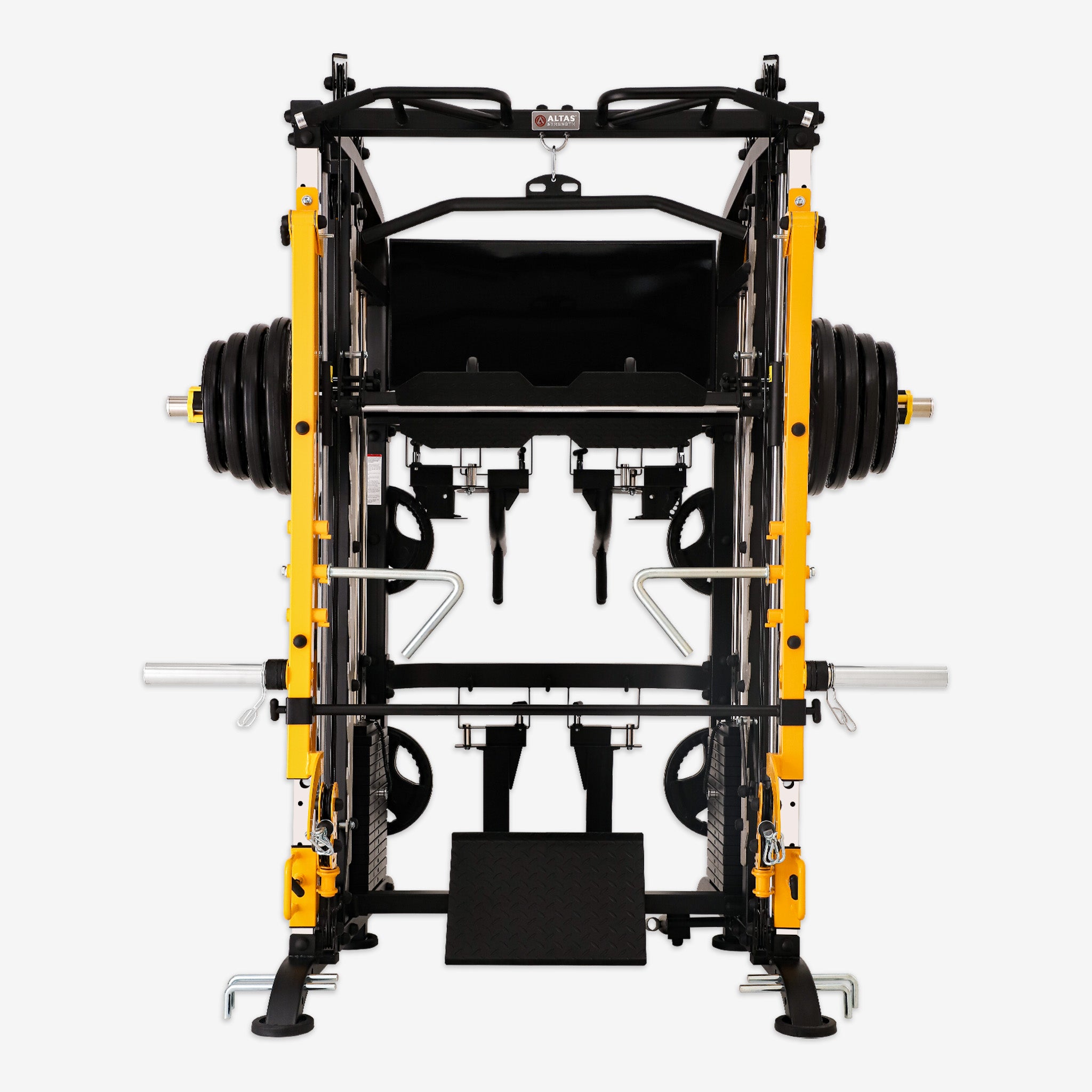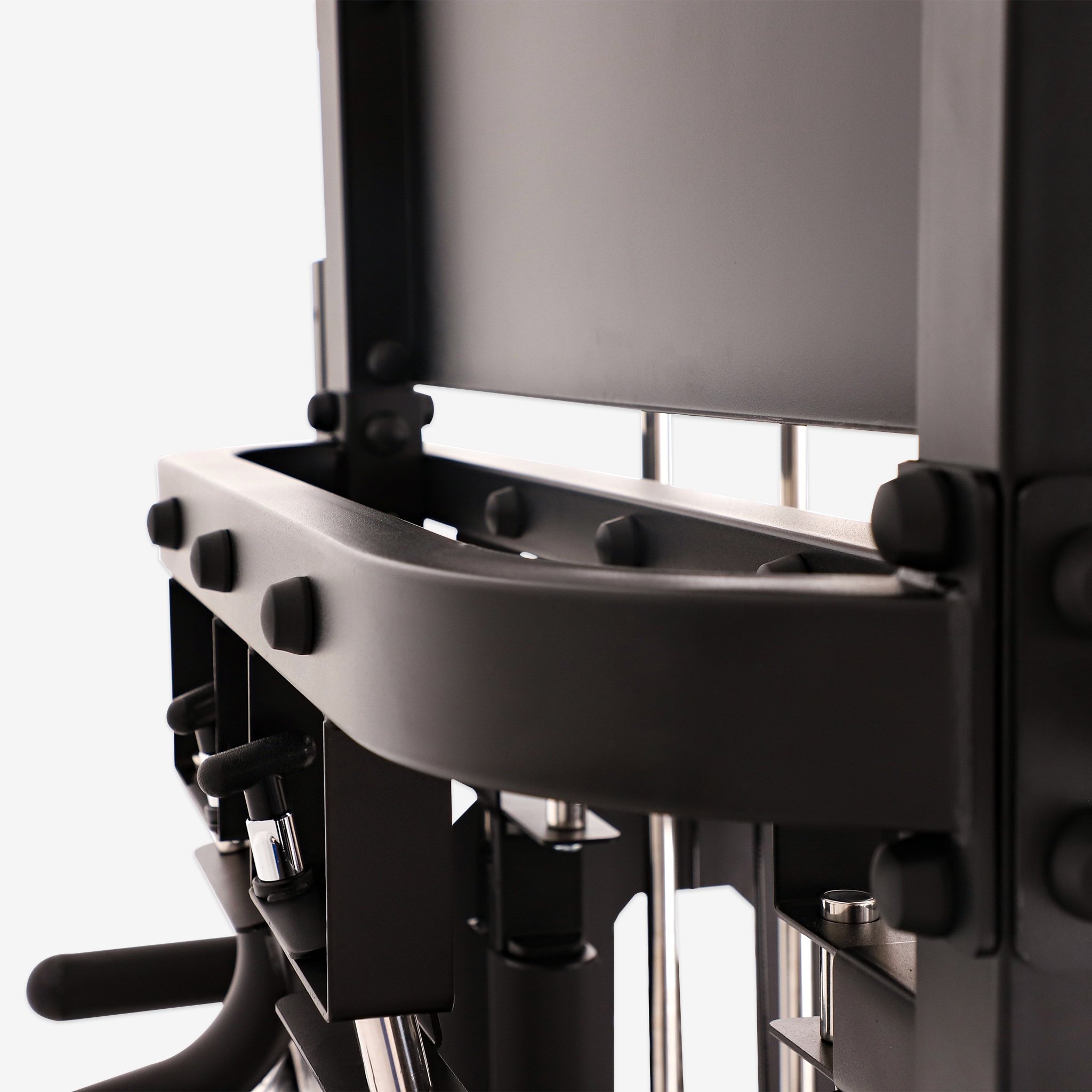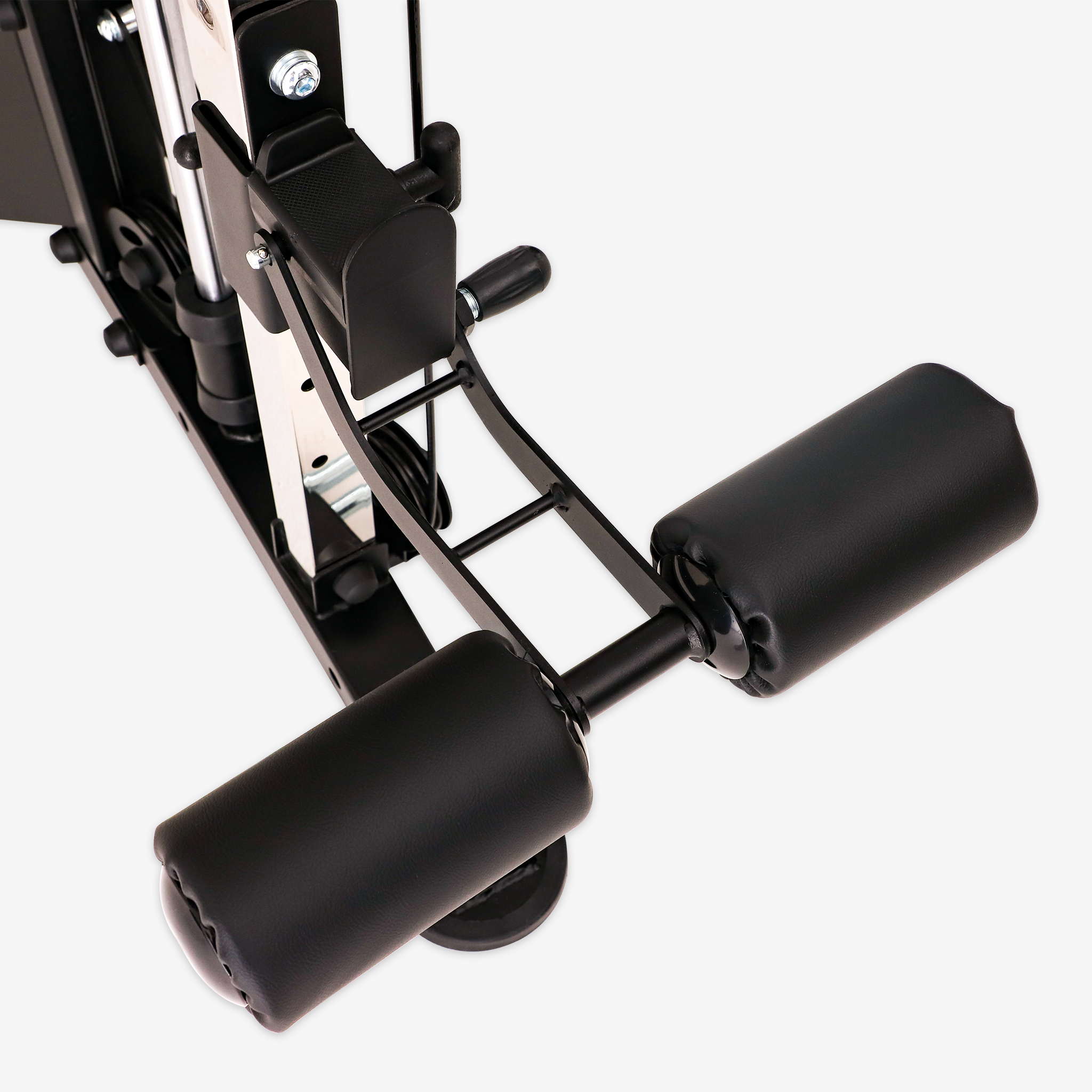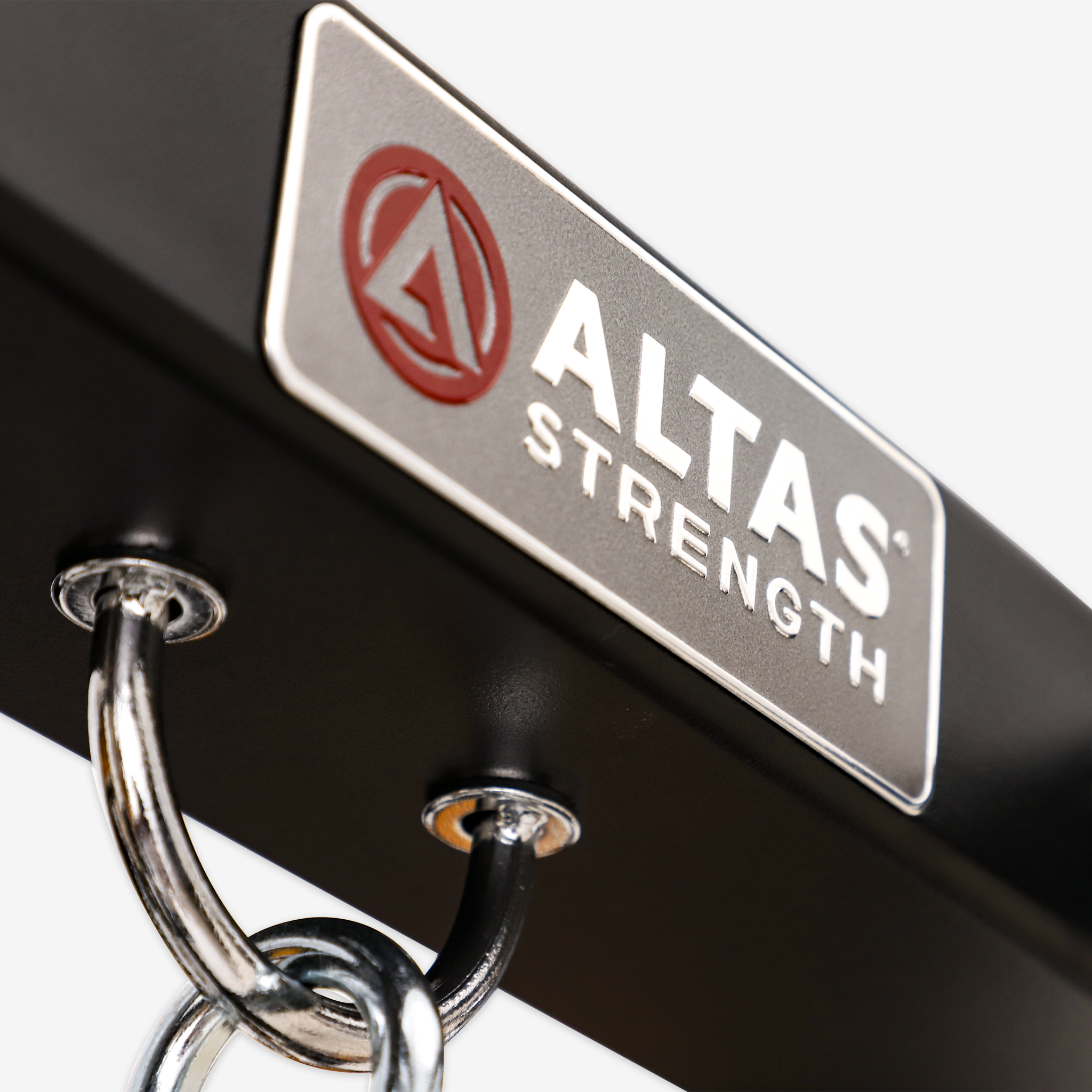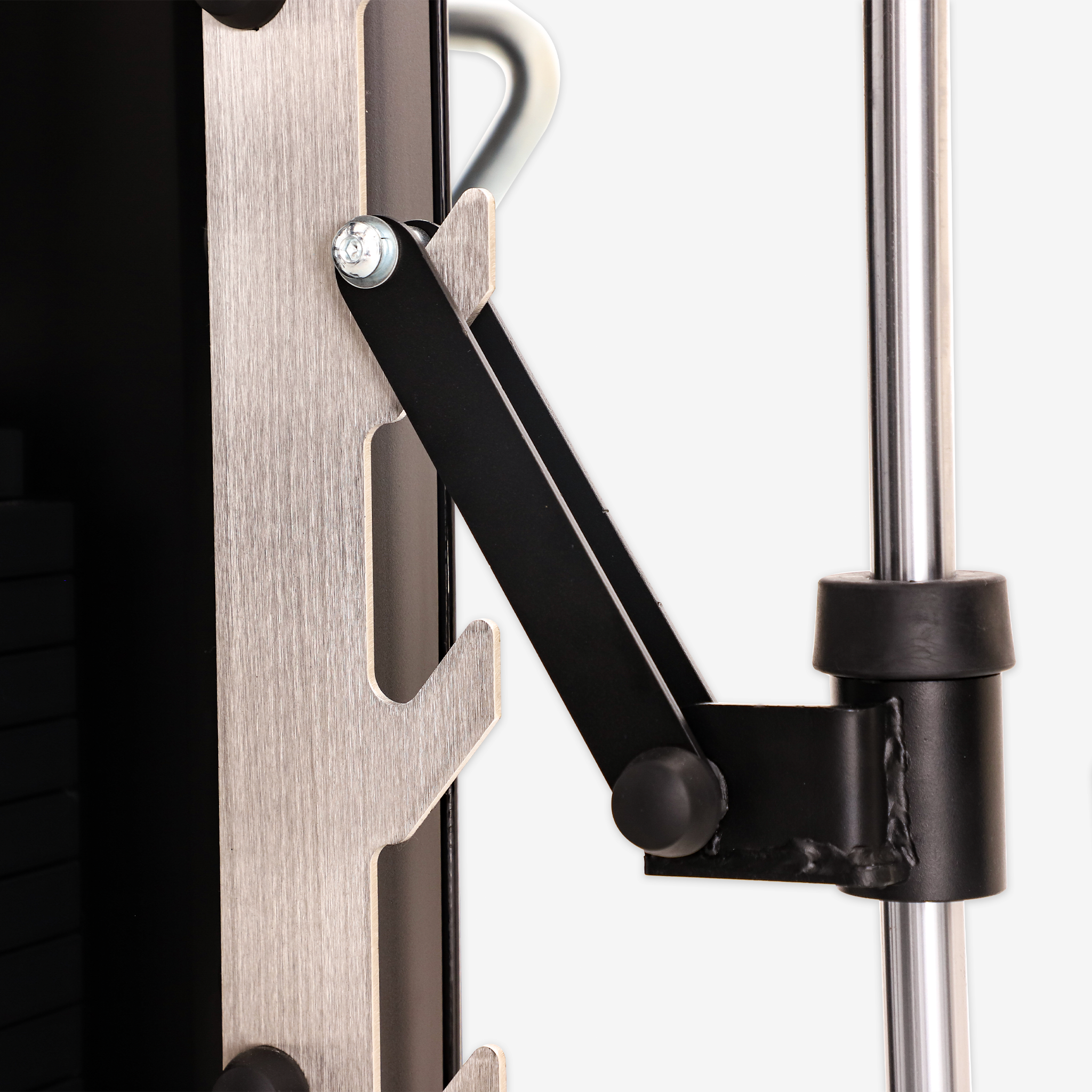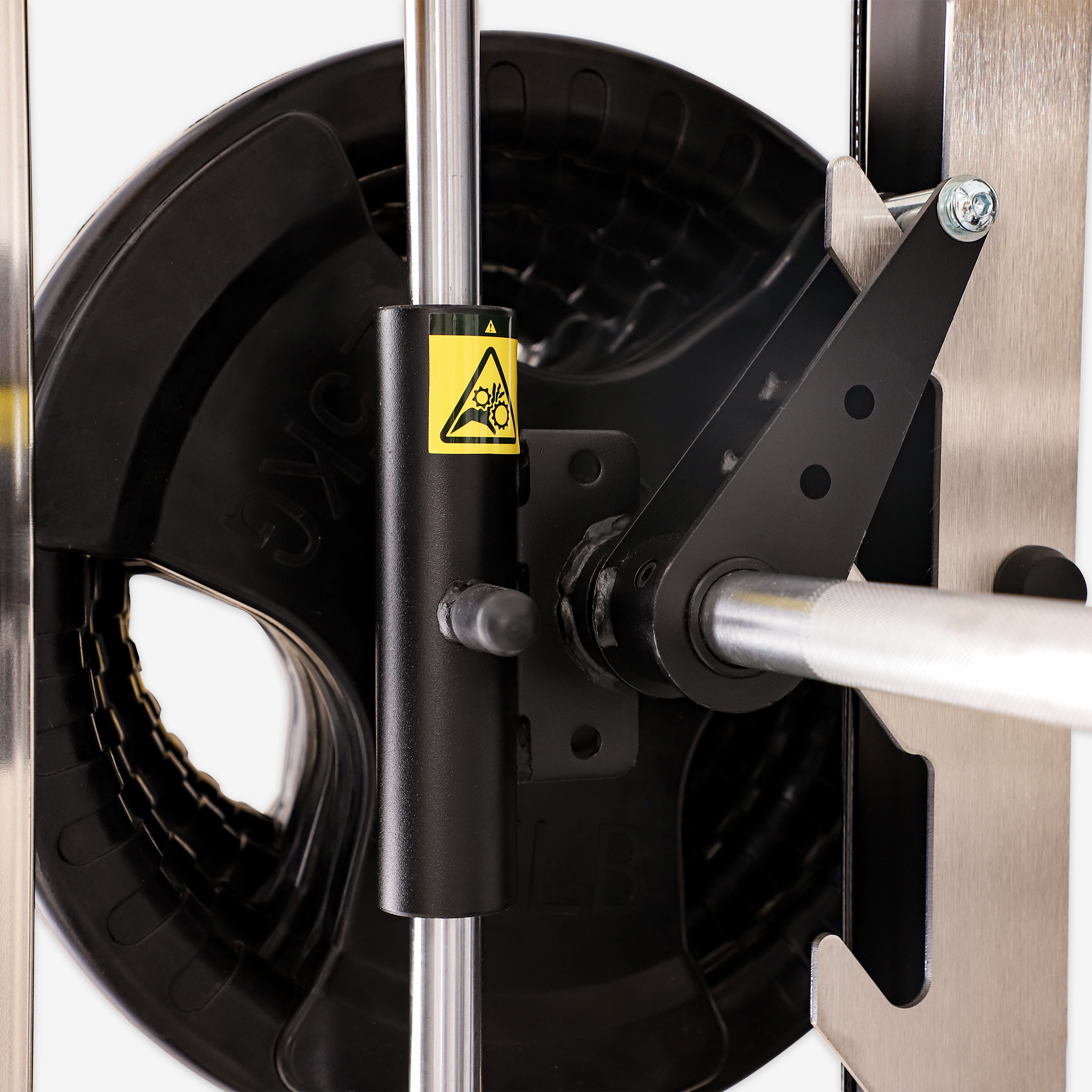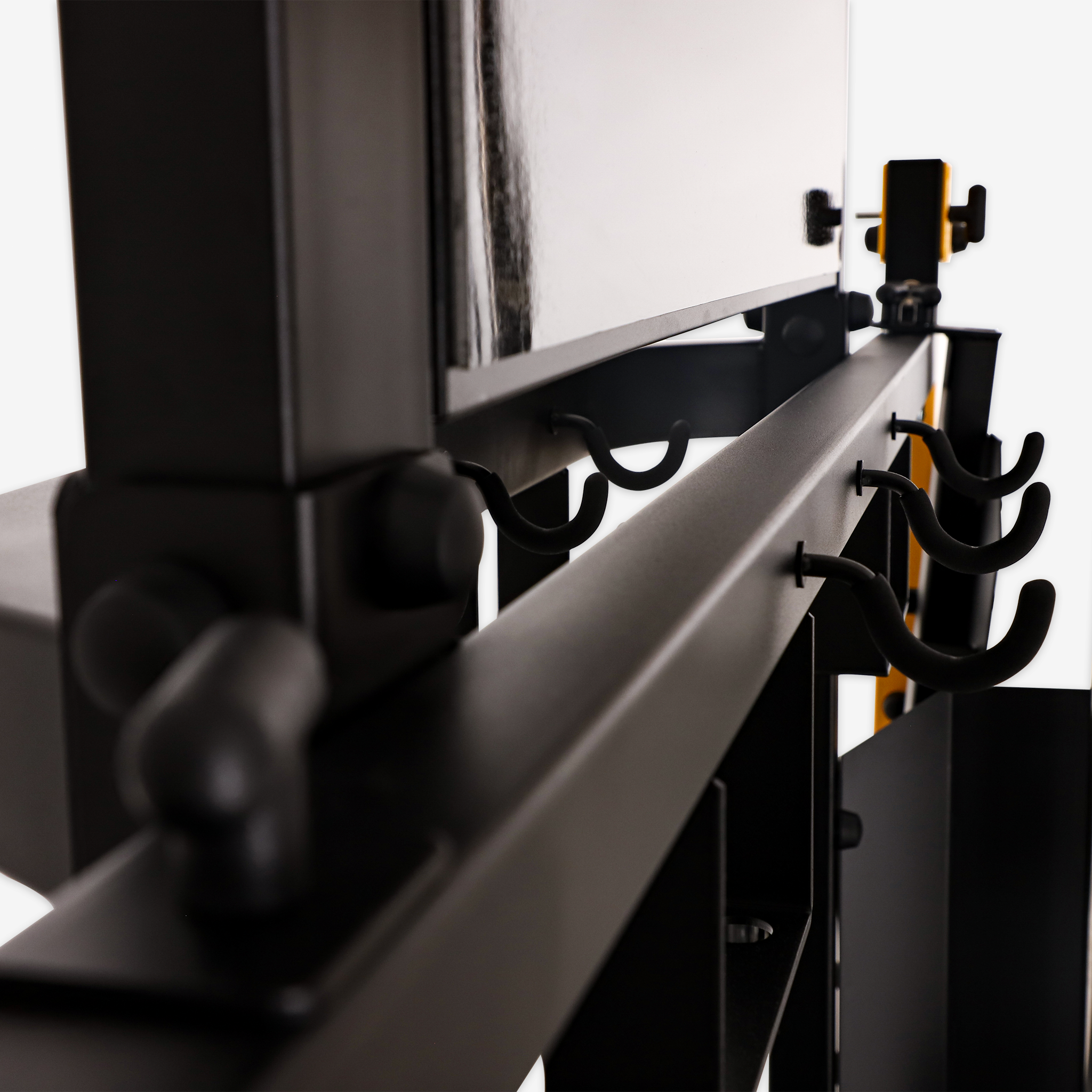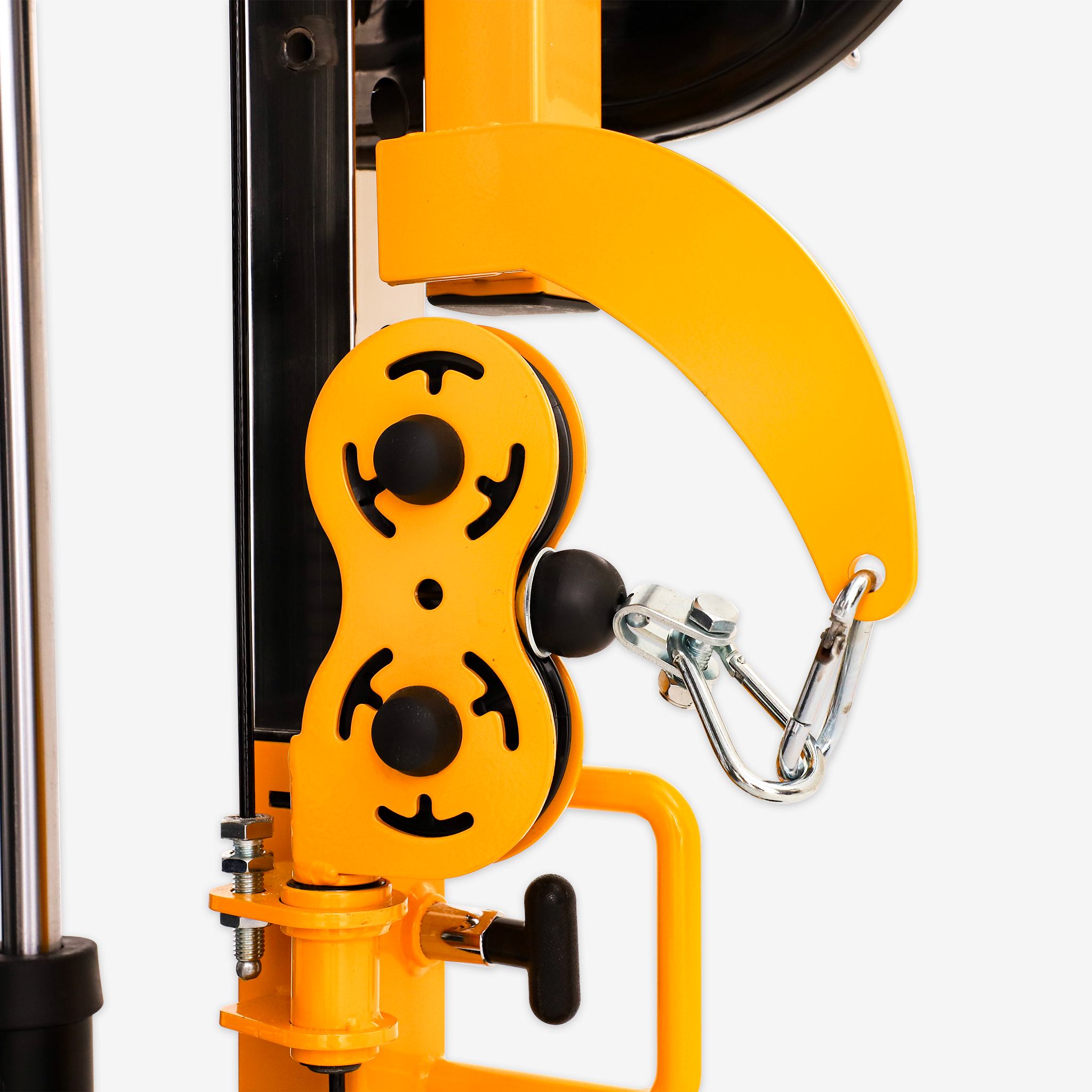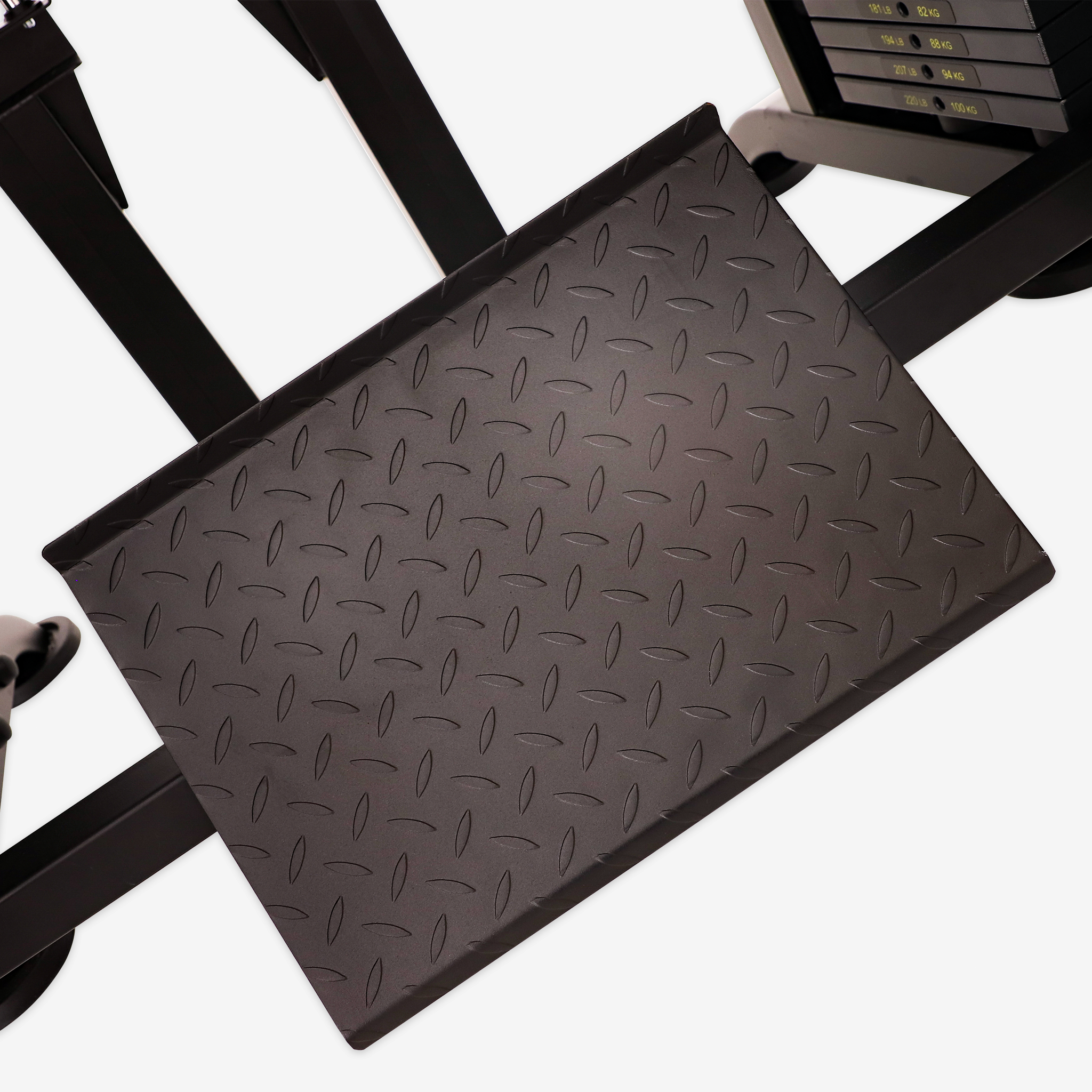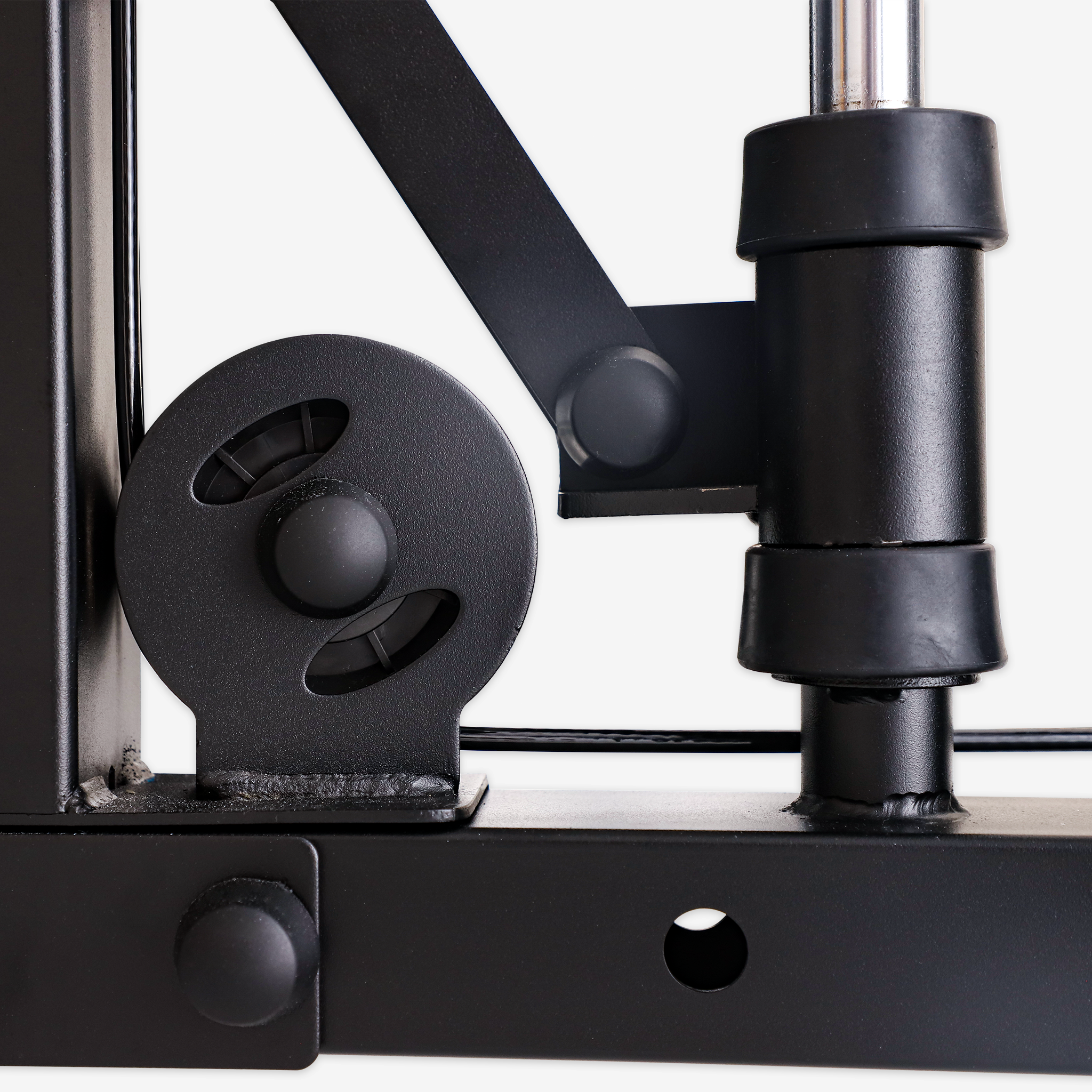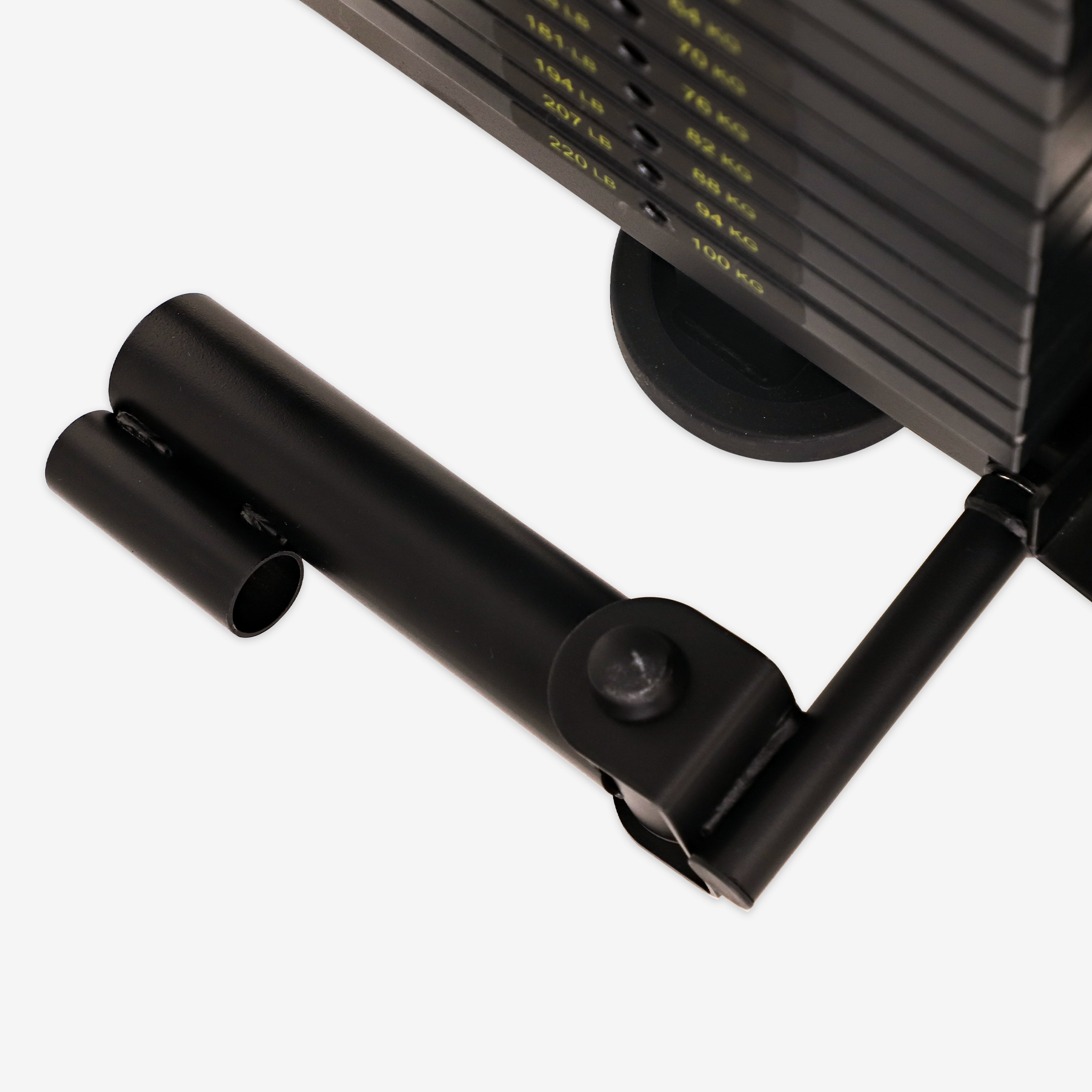
Squats are the cornerstone of lower body workouts, delivering a multitude of benefits from muscle building to enhanced athletic performance. Among the various squat variations, two stand out: the classic barbell squat and the Smith machine squat. In this guide, we'll explore the nuances of each, helping you decide which might suit your fitness goals best.
Muscles Involved
The squat, whether with a barbell or on a Smith machine, engages a plethora of muscles. Key players include the quadriceps, glutes, and hamstrings. As you descend into the squat, these muscles lengthen while contracting eccentrically. The upward phase demands powerful hip and knee extension, making squats a powerhouse for muscle development and athletic prowess.
Barbell Squat
Technique:
- Begin by positioning the barbell on your upper back/shoulders, creating a comfortable shelf with your traps.
- Feet should be shoulder-width apart, slightly turned outwards.
- Un-rack the barbell, taking three deliberate steps back to establish your stance.
- Engage your core, ensuring a neutral spine, and initiate the descent.
- Lower into the squat by bending at the knees and hips.
- Explode upwards from the bottom position, maintaining core bracing throughout.
- Repeat for desired reps, adjusting stance if needed.
- Re-rack the barbell by stepping forward into the rack.
Benefits:
- High muscle activation due to the need for stability.
- Ideal for sports performance training.
- Engages surrounding muscles for support.
Smith Machine Squat
Technique:
- Position feet shoulder-width apart or about 12 inches in front of your hips.
- Turn feet slightly outwards.
- Grab the bar, using your traps as a shelf.
- Unrack by lifting the load from the rack, adjusting as needed.
- Descend slowly, breaking at the hips and knees simultaneously.
- Drive forcefully upwards from the bottom position.
- Continue for desired reps, then safely rerack the weight.
Benefits:
- Fixed bar path reduces reliance on smaller stabilizing muscles.
- Ideal for fatigue or injury, as less neuromuscular control is needed.
- Allows for targeted focus on hamstrings and glutes.
Choosing the Right Variation
The decision between barbell squats and Smith machine squats ultimately hinges on your fitness objectives and circumstances. Here's a breakdown:
-
Barbell Squats:
- Recommended for those aiming for high muscle activation and overall strength.
- Ideal for sports-specific training where stability and full-body engagement are crucial.
-
Smith Machine Squats:
- Suitable for individuals seeking a safer option during fatigue or recovery periods.
- Targets specific muscles like hamstrings and glutes with less reliance on stabilizing muscles.
Conclusion
Both the barbell squat and Smith machine squat have their places in a well-rounded lower body workout routine. Incorporating both can offer a comprehensive approach to muscle development, balance, and core stability. Whether you're striving for athletic performance or targeted muscle growth, understanding the benefits of each squat variation allows you to tailor your training accordingly.
Remember, diversity in your workouts can yield the best results. So, mix it up, challenge yourself, and discover the squat variation that brings you closer to your fitness goals!
Now, lace up those shoes, hit the gym floor, and squat your way to strength and vitality!

